‘The centre of the galaxy is a much more dynamic place than previously thought,’ experts say.
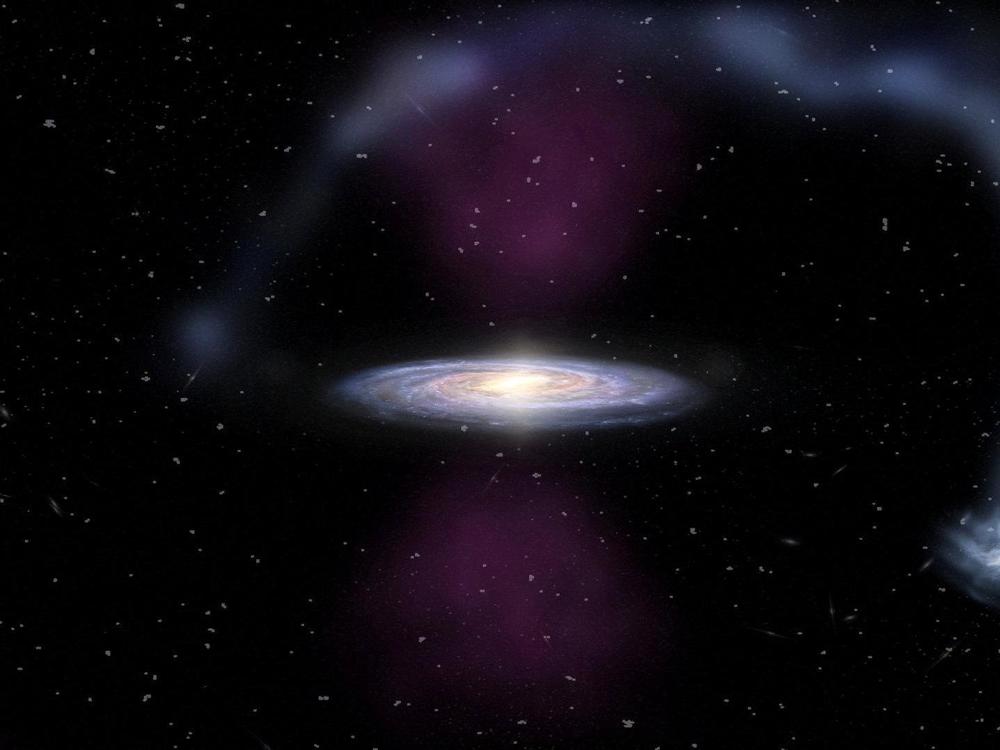

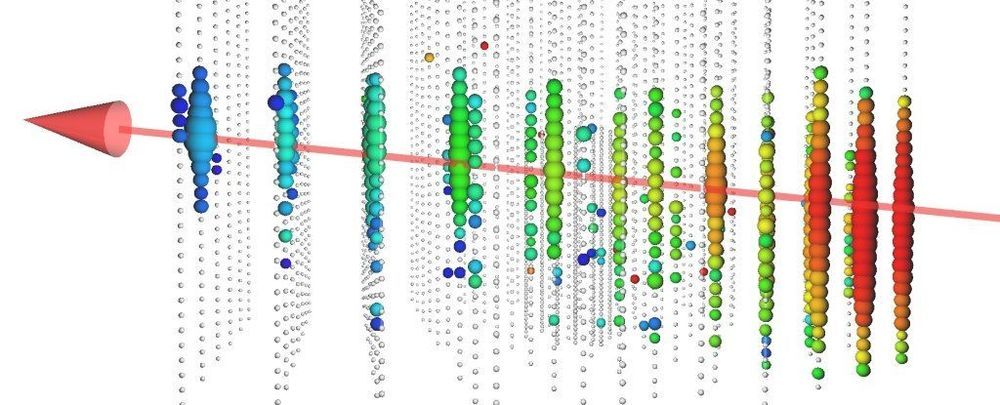
When a single neutrino was detected by a neutrino detector in Antarctica in September 2017, it was the start of something amazing. It was to become the first-ever high-energy neutrino that astronomers could trace back to an origin — a blazar galaxy called TXS 0506+056, 3.8 billion light-years away.
But, in the manner of many great discoveries, that revelation opened up a whole new can of questions, including this: why, of all the galaxies with similar properties, has a neutrino only ever been traced to this one?
Now, astronomers have found a possible answer, pinpointing the source event that produced this neutrino. The relativistic jet blasting out of a supermassive black hole could have acted as a cosmic particle collider, producing a flurry of neutrinos that, due to the shape and wobble of the jet, ended up streaming through Earth.
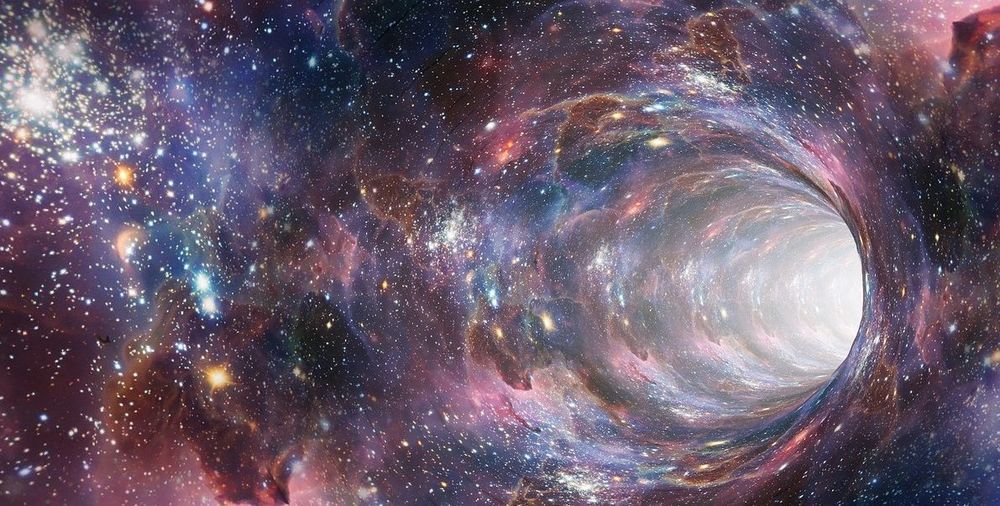
An international team of researchers recently placed an entire molecule into a state of quantum superposition. This huge breakthrough represents the largest object to ever be observed in such a state – essentially occupying two places at once. And it may just be the eureka moment that defines our species’ far-future technology.
Quantum physics is about as close to a faith-based field of scientific study as there is. It’s not our fault, the universe is infinite and complex and we’ve been here for a relatively short amount of time. It’s excusable that we still don’t understand all the rules and, in lieu of a blueprint, we’re forced to come up with theories to explain the things we don’t know.
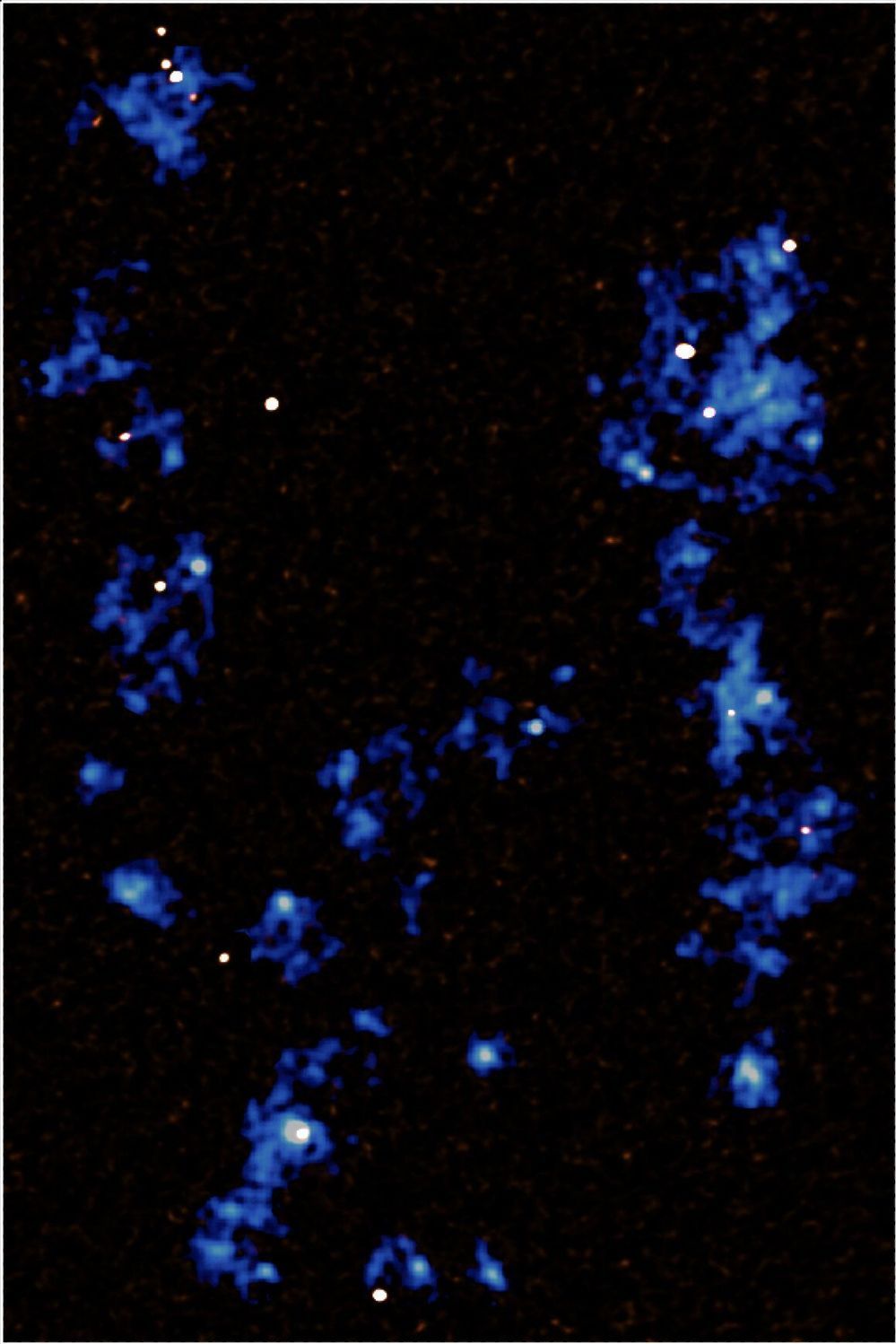
An international group of scientists led by the RIKEN Cluster for Pioneering Research has used observations from the Multi Unit Spectroscopic Explorer (MUSE) at the ESO Very Large Telescope (VLT) in Chile and the Suprime-Cam at the Subaru telescope to make detailed observations of the filaments of gas connecting galaxies in a large, distant proto-cluster in the early universe.
Based on direct observations, they found that, in accordance with the predictions of the cold dark matter model of galaxy formation, the filaments are extensive, extending over more than 1 million parsecs—a parsec being just over three light years—and are providing the fuel for intense formation of stars and the growth of super massive black holes within the proto-cluster.
The observations, which constitute a very detailed map of the filaments, were made on SSA22, a massive proto-cluster of galaxies located about 12 billion light years away in the constellation of Aquarius, making it a structure of the very early universe.
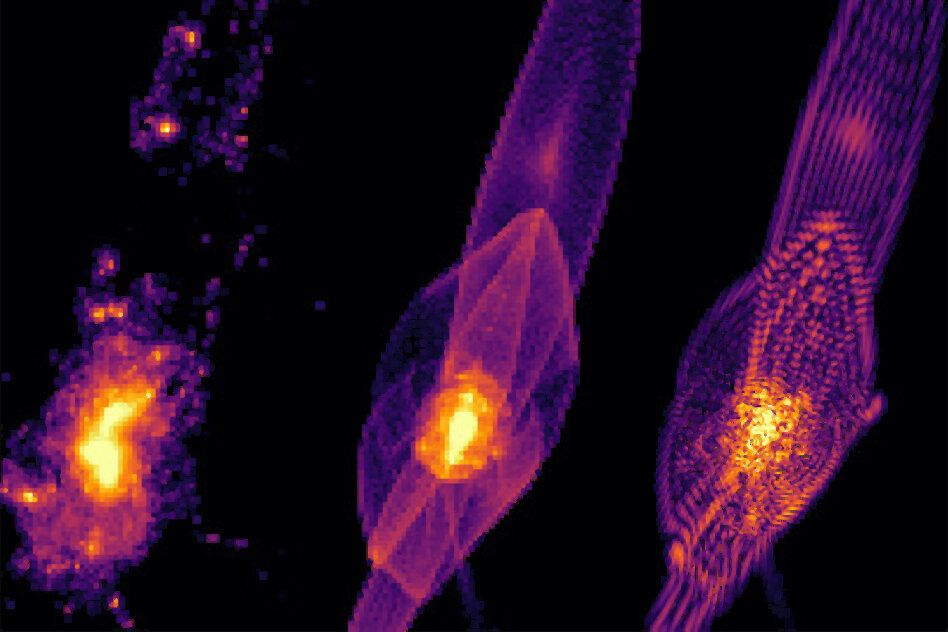
Dark matter was likely the starting ingredient for brewing up the very first galaxies in the universe. Shortly after the Big Bang, particles of dark matter would have clumped together in gravitational “halos,” pulling surrounding gas into their cores, which over time cooled and condensed into the first galaxies.
Although dark matter is considered the backbone to the structure of the universe, scientists know very little about its nature, as the particles have so far evaded detection.
Now scientists at MIT, Princeton University, and Cambridge University have found that the early universe, and the very first galaxies, would have looked very different depending on the nature of dark matter. For the first time, the team has simulated what early galaxy formation would have looked like if dark matter were “fuzzy,” rather than cold or warm.
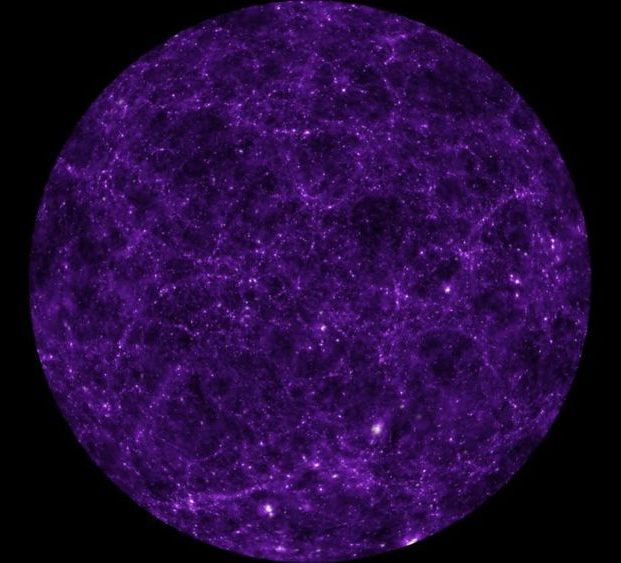
After counting all the normal, luminous matter in the obvious places of the universe – galaxies, clusters of galaxies and the intergalactic medium – about half of it is still missing. So not only is 85 percent of the matter in the universe made up of an unknown, invisible substance dubbed “dark matter”, we can’t even find all the small amount of normal matter that should be there.
This is known as the “missing baryons” problem. Baryons are particles that emit or absorb light, like protons, neutrons or electrons, which make up the matter we see around us. The baryons unaccounted for are thought to be hidden in filamentary structures permeating the entire universe, also known as “the cosmic web”.
But this structure is elusive and so far we have only seen glimpses of it. Now a new study, published in Science, offers a better view that will enable us to help map what it looks like.

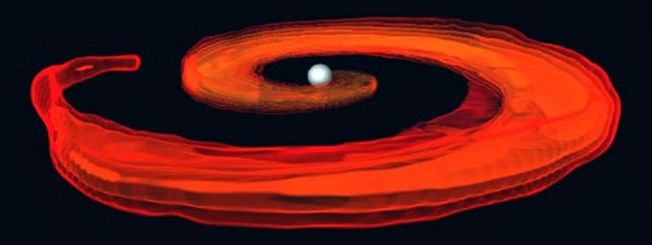

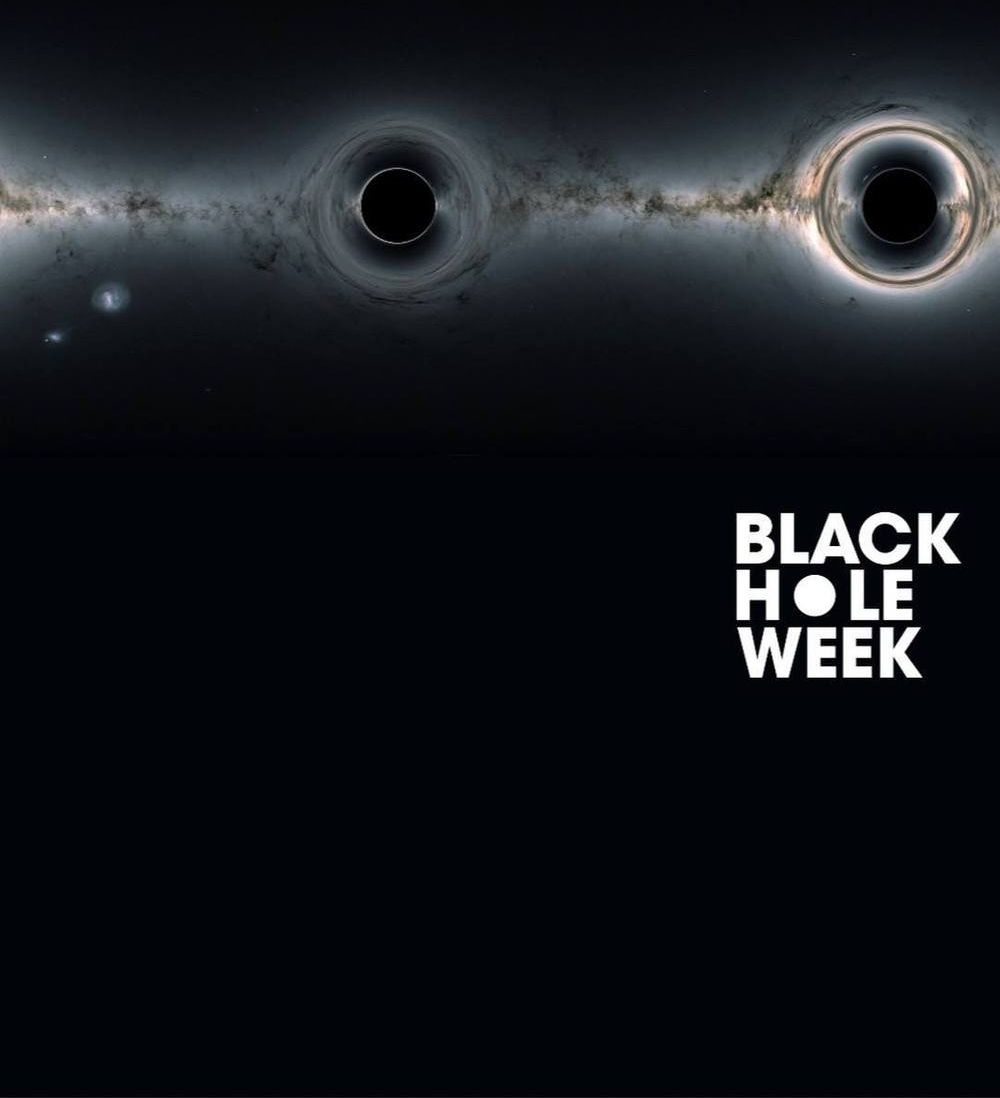
Click on photo to start video.
What about what happens when two black holes collide?
Goddard Scientist Roopesh Ojha sheds light on the supermassive and stellar mass black holes within our galaxy. Scientists believe one supermassive black hole exists at the center of every galaxy and that many, many more of their much smaller siblings, the stellar mass black holes, surround it.